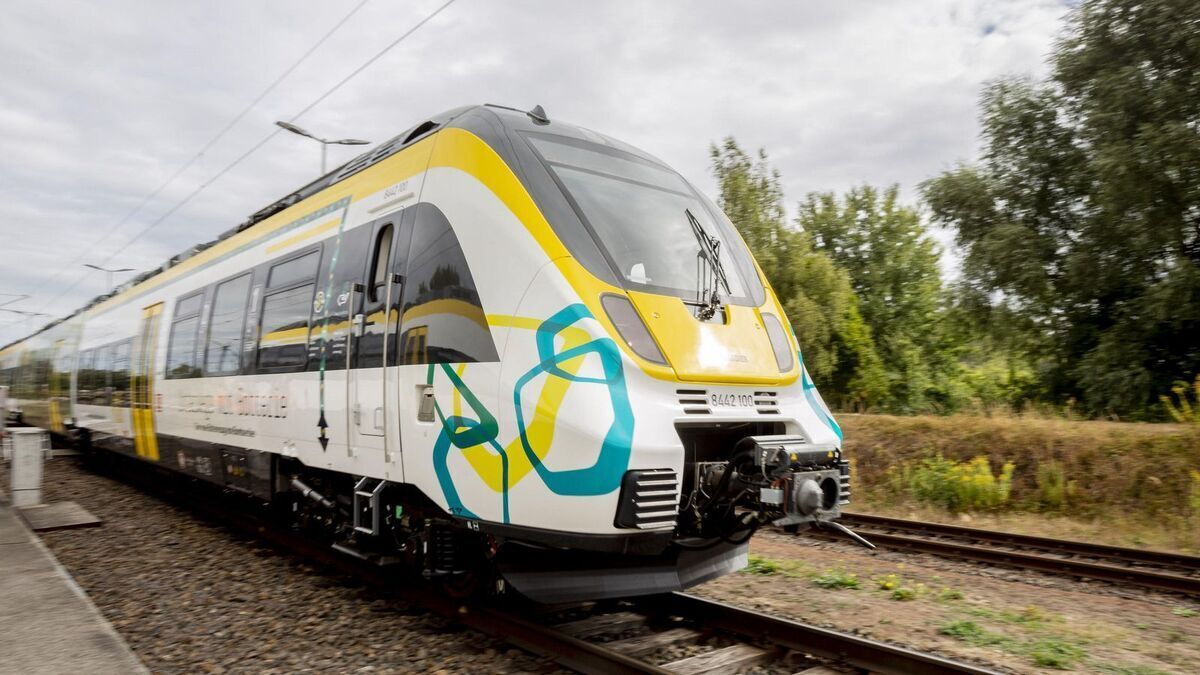Iranian Experts Design, Build Hybrid Suburban Train with 3 Wagons

“The design and construction of these types of trains has been completed and the sample train has been subjected to many tests based on the standards and has received international approval for passenger transportation and use in Tehran subway lines at a speed of 80 km,” Roshan said.
“We can also design a high-speed train that will lead to a significant change in the country's rail transportation; for instance, the time for traveling from Tehran to Mashhad city can reduce to four or five hours instead of the current 12 hours,” he added.
“This train is a type of electric train that brings an important evolution in the public transportation by decreasing the pollutants, noise, and the total weight of the train and making travel for passengers easier,” Roshan said.
Earlier, in November, an Iranian student of electrical engineering with expertise in electrical transportation at Islamic Azad University’s Najaf Abad branch had also presented an idea that helps the optimal use of the energy resulting from braking in the subway trains.
The idea presented by Akbar Barati leads to using the resulting energy from the train’s braking for lighting, escalators, elevators, station battery charging, etc.
“The relatively high wasted braking energy of subway trains is currently wasted or converted into heat in the circuits and boxes installed under the train. The amount of this energy is very high, so we worked on this issue and thought of controlling and using this energy,” Barati said.
He added that the first solution to control and store this wasted energy is the use of supercapacitors which does not have a favorable result because it has a very high weight and occupies a large volume in the wagon, which causes energy losses in the train.
“Therefore, we use the electric circuit of power and transfer this energy outside the train without electrical contact with a circuit similar to a transformer, the primary of which is the train and the secondary of which is the subway station. Now, when the train is in braking mode, the energy is transferred from the primary coil to the secondary coil and enters the circuit of the stations. The wasted braking energy of subway trains is used after being stored for lighting, escalators, elevators, station battery charging, etc.,” Barati said, adding that the loss of energy and fire of the resistors under the wagons are prevented by this method.
4155/v





















